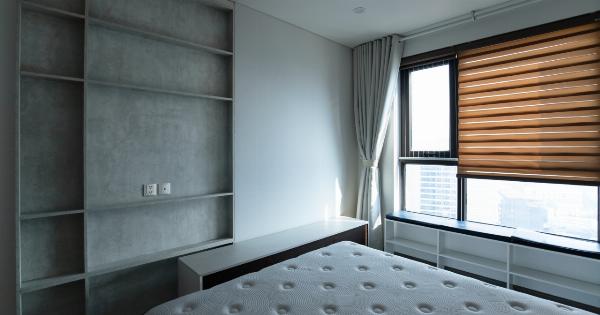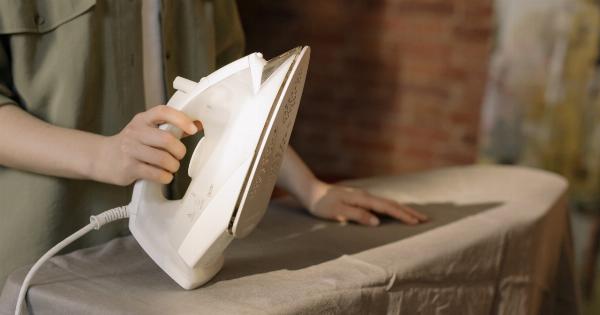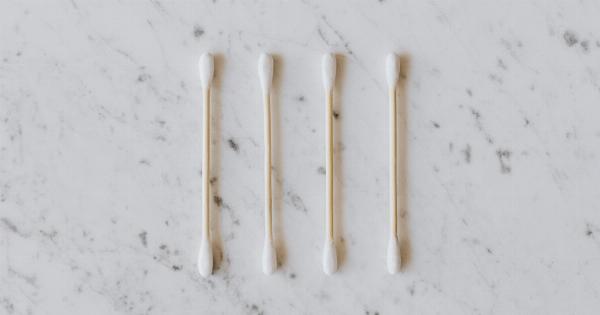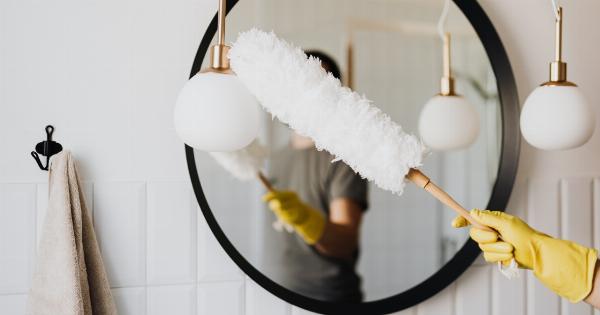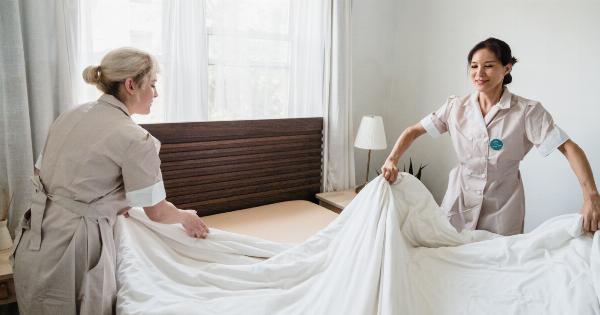A good night’s sleep is essential for our overall health and well-being. And an important factor in achieving a restful sleep is the mattress we sleep on.
However, what many people fail to realize is that their mattresses can become a breeding ground for molds and bacteria if not properly maintained and cleaned. In this article, we will explore the importance of bed mattress hygiene and provide tips on how to keep molds and bacteria at bay.
The Importance of Bed Mattress Hygiene
Our mattresses are exposed to various elements such as dead skin cells, sweat, and body oils on a daily basis. These create the perfect environment for the growth of molds and bacteria.
Sleeping on a mattress that is infested with these microorganisms can lead to a range of health issues, including allergies, respiratory problems, and skin irritations.
Regular Cleaning and Maintenance
One of the most effective ways to prevent the growth of molds and bacteria in your mattress is to establish a regular cleaning and maintenance routine.
H2 Tags in HTML
Let’s take a closer look at the steps you can take to ensure bed mattress hygiene:.
1. Use a Mattress Protector
Investing in a high-quality mattress protector is one of the best ways to keep your mattress clean and hygienic. A mattress protector acts as a barrier against spills, stains, dust mites, and other allergens.
Choose a waterproof protector that can be easily removed and washed.
2. Vacuum Your Mattress
Regularly vacuuming your mattress helps to remove dust, dirt, and other debris that may have settled on the surface. Use a vacuum cleaner with a suitable attachment to ensure effective cleaning.
3. Sunlight and Fresh Air
Exposing your mattress to sunlight and fresh air can help kill molds and bacteria. On a sunny day, strip off the bedding and open the windows to allow sunlight and fresh air to reach your mattress. This will also help to eliminate any musty odors.
4. Spot Cleaning
If you notice any stains or spills on your mattress, it’s important to spot clean them as soon as possible. Use a mild detergent or upholstery cleaner and a clean cloth to gently remove the stain.
Avoid using excessive water, as it can lead to the growth of molds.
5. Flip and Rotate
To ensure even wear and prevent the buildup of molds and bacteria, regularly flip and rotate your mattress. This will help distribute your body weight evenly and prolong the lifespan of your mattress.
6. Don’t Eat in Bed
Avoid eating or drinking in bed to prevent spills and stains. Consuming food in bed can also attract pests such as bed bugs, which can further worsen the hygiene of your mattress.
7. Wash Bedding Regularly
It’s important to wash your bedding, including sheets, pillowcases, and duvet covers, regularly. This helps to remove any sweat, dead skin cells, and other debris that may have accumulated.
Use hot water and a mild detergent to ensure proper hygiene.
8. Professional Cleaning
Consider getting your mattress professionally cleaned at least once a year. Professional cleaning methods, such as steam cleaning, can effectively kill bacteria and remove stubborn stains.
9. Check for Signs of Molds and Infestation
Regularly inspect your mattress for any signs of molds or infestations. Look for visible molds, musty odors, or any signs of bed bug activity. If you notice any of these signs, it’s important to take immediate action to prevent further spread.
10. Replace Old Mattresses
As mattresses age, they become less supportive and more prone to harboring molds and bacteria. If your mattress is more than 8-10 years old, it may be time to consider replacing it with a new one for better hygiene and improved sleep quality.
Conclusion
Bed mattress hygiene is crucial for maintaining a clean and healthy sleep environment.
By implementing regular cleaning and maintenance practices, using a mattress protector, and being mindful of your sleeping habits, you can effectively keep molds and bacteria at bay. Remember, a clean mattress not only promotes better sleep but also contributes to your overall well-being.

